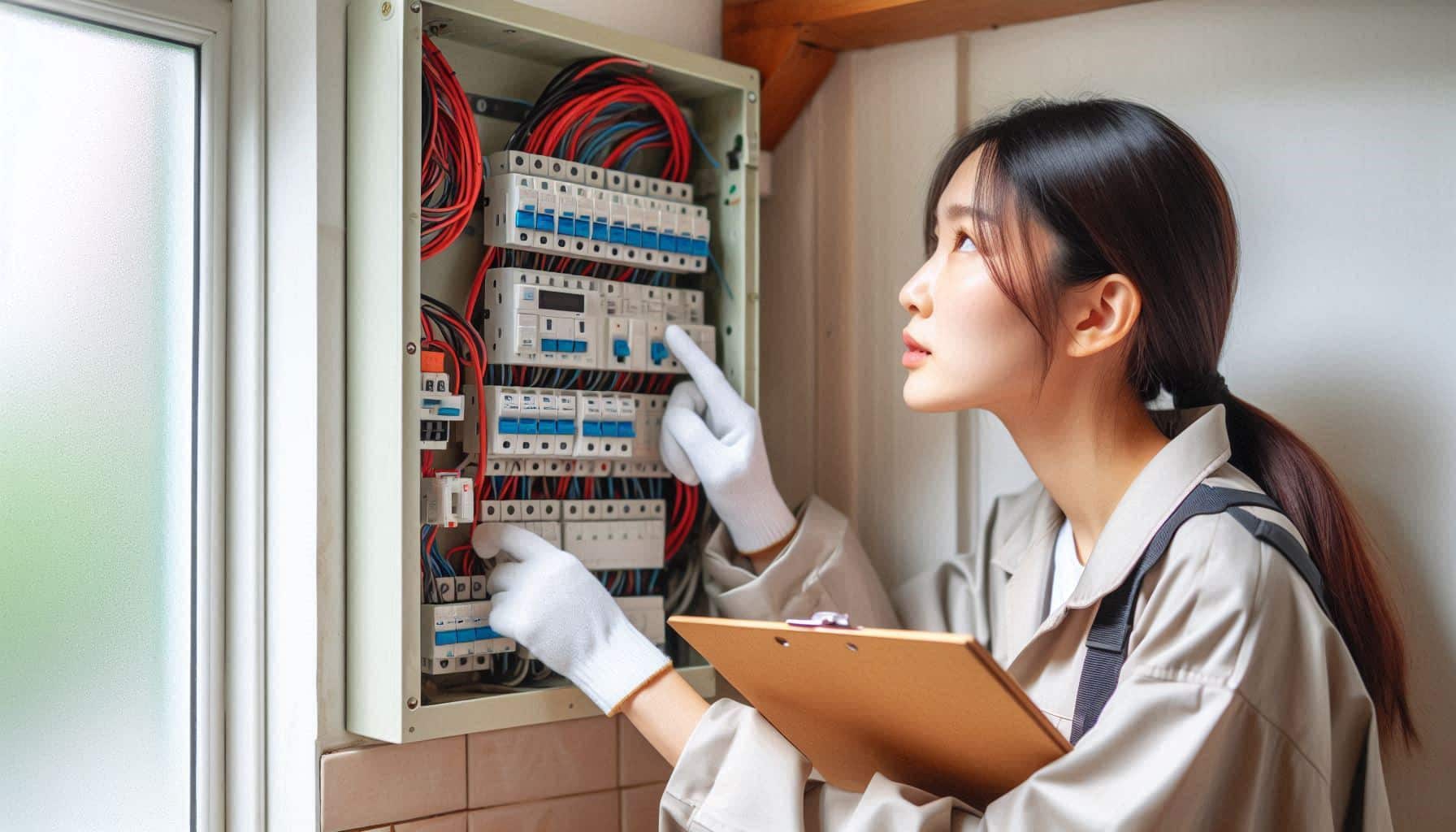
Ensuring electrical safety is one of the most critical responsibilities for landlords, especially those managing Houses in Multiple Occupation (HMOs). As a landlord in London, you have specific legal obligations to protect your tenants, and one of those key requirements is obtaining an HMO electrical certificate. In this comprehensive guide, we’ll explain everything you need to know about your landlord legal obligations, the purpose of the certificate, and how to remain compliant with the law.
An HMO electrical certificate confirms that a qualified electrician has tested and approved your property’s electrical systems. The inspection, known as an Electrical Installation Condition Report (EICR), ensures everything is safe and up to current standards.
In fact, this certificate isn’t optional for HMOs — it’s a legal requirement. Under the Electrical Safety Standards in the Private Rented Sector (England) Regulations 2020, landlords must arrange an inspection at least every five years to meet their legal obligations and protect their tenants.
Managing an HMO demands greater responsibility than a typical rental. Because unrelated tenants share kitchens, bathrooms, and other communal areas, the chances of electrical misuse or overload naturally increase.
Therefore, landlords must follow stricter safety rules. By staying compliant, you not only meet your legal obligations but also avoid costly penalties and ensure a safer environment for everyone living in the property.
Landlords in London must meet specific legal obligations when it comes to electrical installations. Failing to comply can result in serious legal and financial consequences.
Landlords must ensure that a qualified electrician inspects and tests the electrical installations at least every five years. After each inspection, they must receive an EICR confirming whether the system is safe or if any remedial work is required.
You must provide a copy of the HMO electrical certificate:
• To your tenants within 28 days of the inspection.
• To new tenants before they move in.
• To the local authority within 7 days, if requested.
This obligation ensures that all parties involved—especially tenants—are aware of the property’s safety status.
If the report identifies issues, you are legally required to carry out necessary remedial work within 28 days (or sooner if the report recommends it). Once completed, a follow-up inspection will confirm that the work meets safety standards.
Keep records of all inspections and any work carried out. This protects you in the event of a legal dispute or local authority investigation. Documenting your compliance with landlord legal obligations is just as important as the work itself.
Failing to follow electrical safety regulations can quickly lead to fines of up to £30,000 per offence. Moreover, local authorities have the power to issue enforcement notices or even pursue legal action when landlords neglect their legal obligations.
Without a valid HMO electrical certificate, you risk voiding your landlord insurance — and in serious cases, you could face prosecution. Clearly, the stakes are too high. By staying compliant, you actively protect your tenants, your reputation, and your investment.

Obtaining the certificate is a straightforward process, but you need to follow the correct steps:
To start, hire a certified electrician who is registered with a recognised scheme like NICEIC, NAPIT, or STROMA. This is essential because only approved professionals are legally allowed to carry out inspections and issue a valid HMO electrical certificate. Hiring someone unregistered could result in a non-compliant inspection, which would breach your landlord legal obligations.
Once you’ve selected your electrician, it’s time to schedule a full electrical inspection. The professional will check all critical components of your HMO property, including:
• Power sockets
• Light switches
• Lighting fixtures
• Fuse boards
• Circuit breakers
• Fixed wiring throughout the property
On average, the inspection takes 2 to 4 hours, depending on the size and complexity of your HMO. This inspection is the core part of acquiring your HMO electrical certificate, and skipping or delaying it can result in serious landlord legal consequences.
After the inspection, your electrician will issue an Electrical Installation Condition Report (EICR). This report determines whether your property is electrically safe or if remedial action is required. You’ll typically receive one of two outcomes:
• Satisfactory – Your electrical systems meet safety standards. You’re clear for the next five years.
• Unsatisfactory – One or more issues have been found, meaning immediate or scheduled repairs are necessary.
If your HMO receives an unsatisfactory EICR, it’s your legal obligation as a landlord to address the problems without delay. Once resolved, you’ll need a follow-up inspection to receive a satisfactory HMO electrical certificate.
Once you’ve obtained a satisfactory HMO electrical certificate, your responsibilities aren’t over. You must distribute a copy of the certificate to:
• All tenants (within 28 days)
• The local council (if requested)
• Any prospective tenants (upon request)
Also, store a copy safely for your own records and future property inspections. Keeping documentation in order not only proves compliance with landlord legal obligations, but also helps protect you from potential fines or disputes.
The cost of an HMO electrical certificate can vary based on factors such as:
• The size of the property
• The number of circuits
• The complexity of the electrical system
On average, landlords can expect to pay between £150 and £300 for an EICR for an HMO property. Although this is an added expense, it is essential for legal compliance and tenant safety.
Beyond fulfilling landlord legal obligations, obtaining an HMO electrical certificate offers several benefits:
To sum up, HMO electrical certificates are not just bureaucratic paperwork—they are essential tools for ensuring safety, legal compliance, and peace of mind for both landlords and tenants. As a landlord, you must meet your legal obligations by scheduling regular inspections, distributing certificates, and carrying out remedial work when necessary.
In a competitive rental market like London, where many properties operate as HMOs, staying compliant gives you a competitive advantage. Don’t wait for a local authority notice or a tenant complaint—take action now to secure your HMO electrical certificate and meet your landlord legal obligations.
If you’re a landlord in London or anywhere in London and need help arranging your HMO electrical certificate, we’re here to assist. Our certified electricians offer prompt inspections, full EICR reports, and expert advice to keep you fully compliant.
Contact us today to schedule your inspection and stay ahead of your legal duties.

